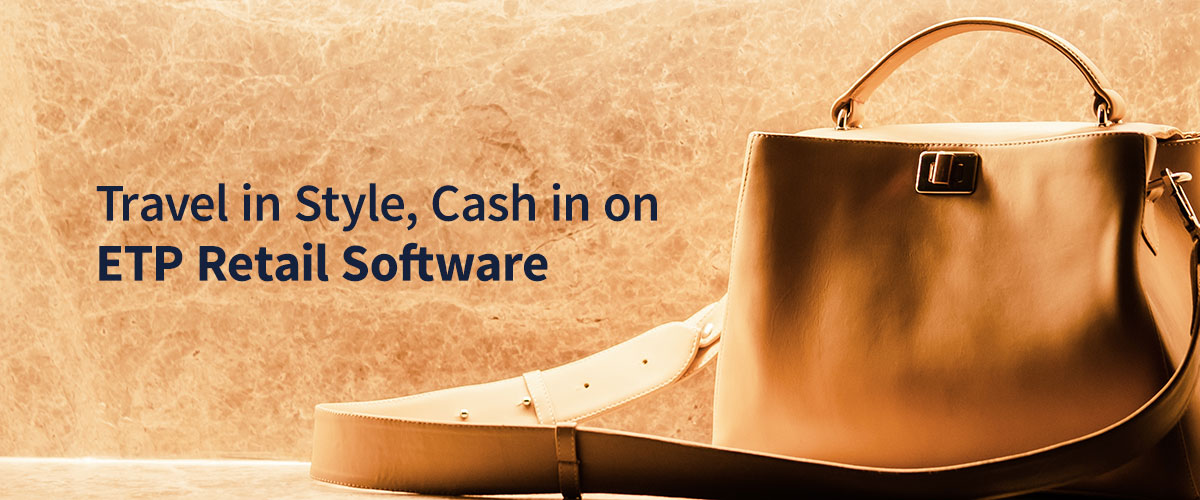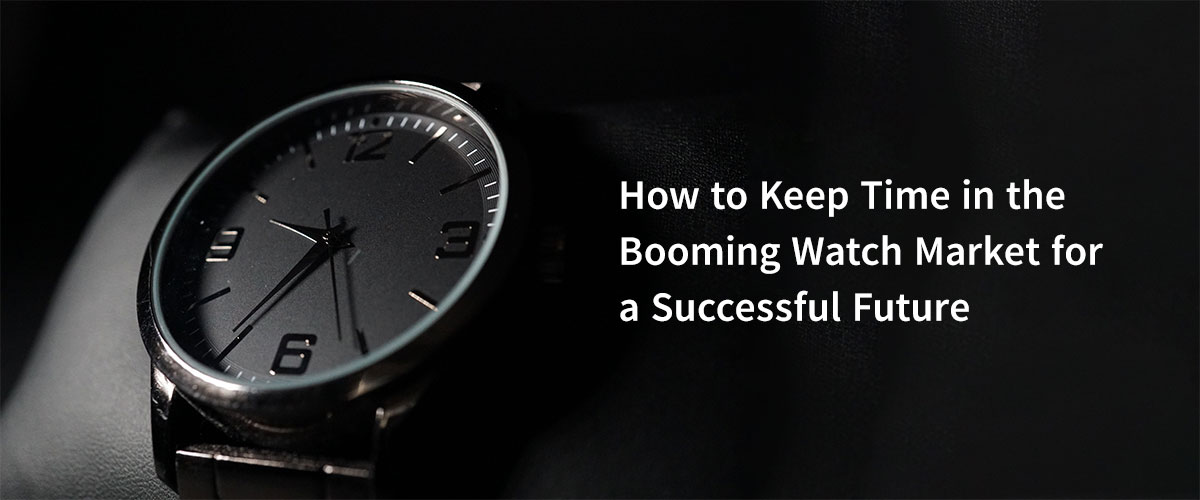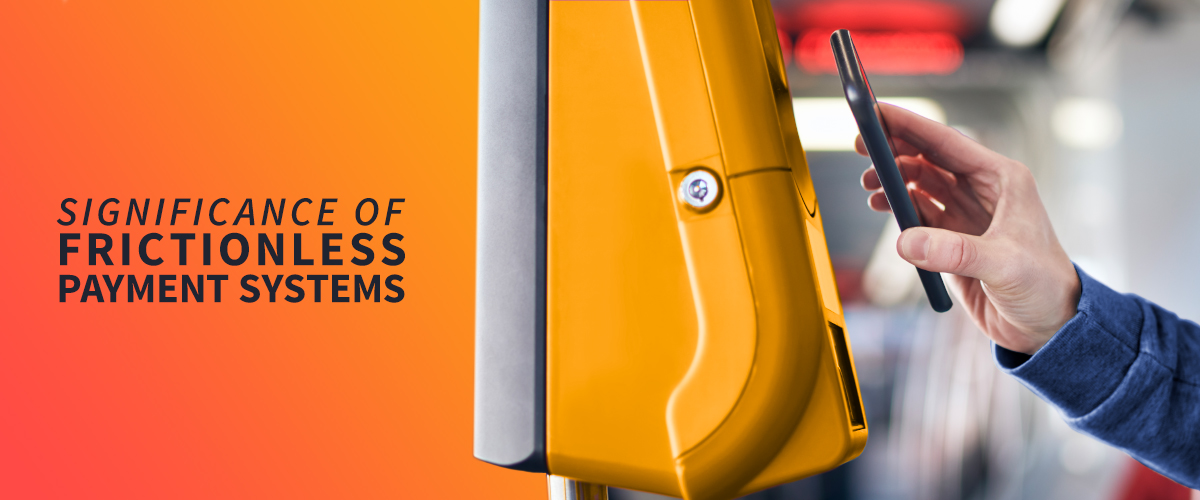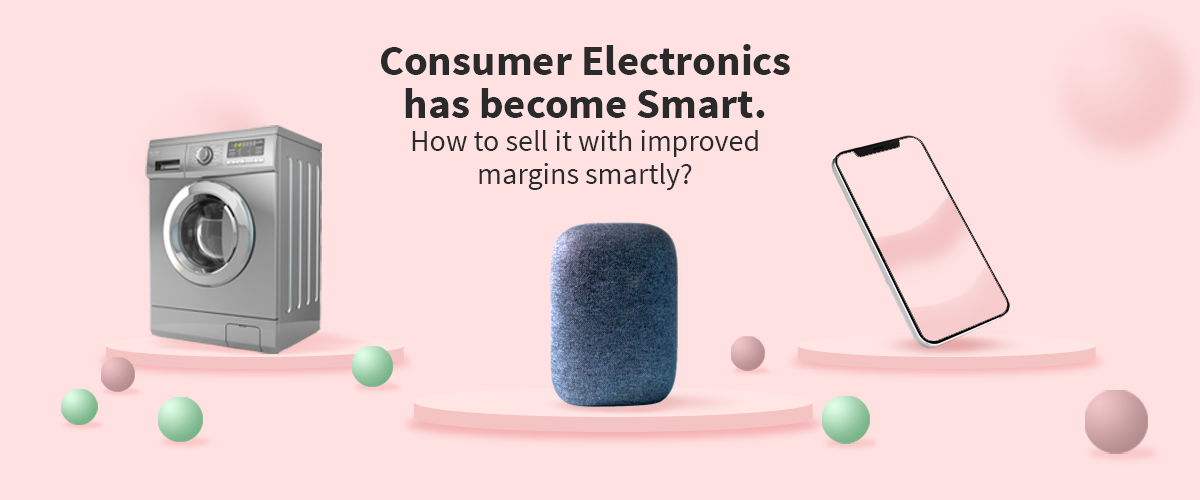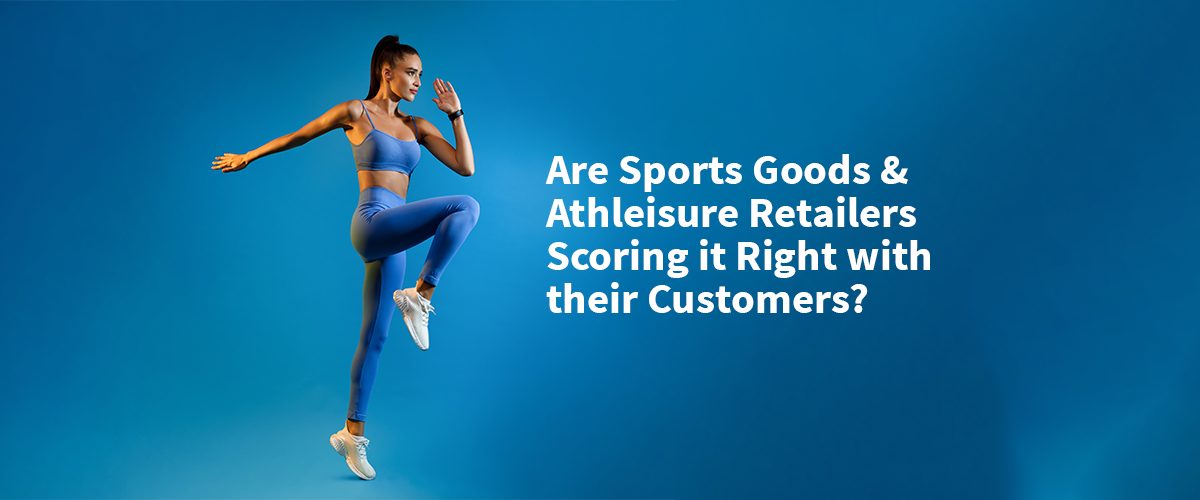
In today’s dynamic retail landscape, businesses need to adapt and thrive across various channels to meet the evolving needs of customers. Elevating retail performance requires a comprehensive approach that integrates all aspects of the retail experience. This is where Omni-channel Retail Solutions play a pivotal role in revolutionizing your retail operations.
Centralize All Your Channels in One Place
With Omni-channel Retail Solutions, you can seamlessly centralize all your channels, whether it’s online, mobile, or in-store, into a single platform. This integration eliminates data silos, streamlines operations, and provides a consistent customer experience. From managing inventory to processing orders, having a centralized hub empowers retailers to efficiently monitor and control their entire retail enterprise.
Get a 360-Degree View of Your Customer Data across Channels
Omni-channel Retail Software enables retailers to gain a comprehensive understanding of customer behavior and preferences by capturing and consolidating data from various touchpoints. By integrating customer data from online interactions, in-store purchases, social media, and more, retailers can build a 360-degree view of their customers. This holistic perspective empowers businesses to deliver personalized experiences, targeted marketing campaigns, and tailored product recommendations.
Get a Complete View of Trusted and Real-Time Inventory Information
Effective order fulfillment is critical to customer satisfaction. Omni-channel Inventory Management Solutions provide retailers with real-time visibility into their inventory across multiple channels. With modern methods such as Click & Collect, Click & Deliver, Endless Aisle, and Direct-to-Consumer (D2C), retailers can maximize order fulfillment capabilities. By ensuring accurate stock availability, businesses can optimize operations, reduce out-of-stock instances, and enhance customer trust.
Personalize Promotional Messages & Offers across Multiple Channels
One-size-fits-all marketing approaches are no longer effective. Omni-channel Retailing using an efficient Promotions Planning Software such as ETP Accelerator empowers retailers to deliver personalized promotional messages and offers across multiple channels. By leveraging customer data and segmentation, retailers can target specific customer segments with tailored promotions, discounts, and recommendations. This level of personalization enhances customer engagement, fosters loyalty, and increases conversion rates.
Drive Traffic from Online to Offline Stores
While online shopping has gained significant traction, physical stores remain a vital component of the retail experience. OCRS helps bridge the gap between online and offline by driving traffic from digital channels to brick-and-mortar stores. By integrating online promotions, loyalty programs, and personalized incentives, retailers can encourage customers to visit physical stores. This convergence of channels strengthens customer relationships and creates opportunities for cross-selling and upselling.
Boost Retail Sales with Reporting Insights
Data-driven insights are crucial for making informed business decisions. Omni-channel Retail Solutions provide comprehensive reporting and analytics capabilities, enabling retailers to track key performance indicators, measure campaign effectiveness, and identify growth opportunities. By leveraging these insights, retailers can optimize sales strategies, identify top-performing products, and refine their marketing efforts, ultimately driving retail sales and revenue growth.
By harnessing the power of Omni-channel Retail Software Solutions, retailers can achieve astounding results in elevating retail performance across all their sales channels. By centralizing channels, gaining a 360-degree view of customer data, optimizing inventory management, personalizing promotions, driving traffic across channels, and leveraging business intelligence, retailers can enhance their customer experience, improve operational efficiency, and boost overall sales performance. Embracing Omni-channel Retail Technology is essential for retailers striving to thrive in today’s competitive retail landscape.


